If you take a stroll through just about any store – whether it’s the grocery store or your local baby boutique, you’re guaranteed to find countless products that may be secretly harboring a dangerous substance. The substance I’m referring to is bisphenol a – or BPA – a compound found abundantly in products many of us wouldn’t even think twice about using.
Today we’re going to dive into exactly what BPA is, where it’s found, and why it’s such a threat to you and your family's health. And most importantly, we’ll cover exactly how you can protect yourself from this calamitous compound.
What Is BPA?
So exactly what is BPA? Bisphenol a, better known as BPA, is a synthetic chemical compound commonly used as a building block for polycarbonate plastics and epoxy resins. So, BPA is typically combined with other compounds to make strong, resilient plastics.1
Thanks to BPA’s ability to produce such diverse and useful products, it’s been used extensively in consumer products – even in some places that might surprise you.
BPA in Plastic Bottles – Including Baby Bottles
One of the most commonly used applications for BPA is as a structural component in beverage bottles. That includes water bottles, bottles of soda – and even baby bottles. In fact, infants and children may actually be at an increased risk of elevated exposure to BPA due to the fact that BPA can be found in products more commonly consumed by babies, such as:2
- Lids of baby food and other products stored in glass containers
- Packaging containing infant formula
- Bottles, sippy cups, and pacifiers
- Toys manufactured for children
But these aren’t the only places BPA can be found.
Where Else Is BPA Hiding?
BPA can also be found in a number of other products including:2,3
- Tupperware and other plastic storage containers
- The lining of metal food and drink cans
- Plastic dinnerware and utensils
- Feminine hygiene products
- Thermal printer receipts
- CDs and DVDs
- Household electronics
- Eyeglass lenses
- Sports equipment
- Dental filling sealants
The main concern when it comes to BPA is that it leaches out of containers and directly into your food and drinks – and subsequently directly into your body. But BPA can also make its way into your environment and be absorbed through your lungs and through your skin.
And over time this continuous exposure can spell trouble for your health.
Why Is BPA Bad?
BPA is toxic due to its ability to mimic the hormone estrogen in your body. You see, thanks to BPA’s estrogen-like shape, it can bind to estrogen receptors and impact a number of bodily processes. In fact, BPA has been directly linked to causing:4,5,6,7,8
- Infertility in both males and females as well as an increased risk of miscarriage
- The growth of hormone-dependent tumors (like breast and prostate cancer)
- Disruption of important hormones that can lead to imbalances like polycystic ovary syndrome (PCOS) and abnormal thyroid function
- An increased risk of obesity and related endocrine disorders like Type 2 diabetes, metabolic syndrome, and heart disease
- A higher likelihood of mood disorders including hyperactivity, anxiety, depression, and emotional reactivity – particularly in children
With such a serious impact on the human body, how can you know if you’re dealing with BPA’s toxic effects?
Symptoms of BPA Toxicity
BPA symptoms of toxicity are tricky to pinpoint because BPA toxicity is slow and accumulates over time. You see, BPA has an affinity for building up and accumulating in your body, where it then slowly pushes your body further and further off balance.
So if you’re concerned about BPA toxicity or are struggling with vague, difficult to pinpoint symptoms, it might be a good idea to seek out the guidance of an experienced Integrative and Functional Medicine Practitioner. They’ll do a deep dive into your history, lifestyle, and symptoms and likely run a number of tests to help you identify whether or not BPA, or any other environmental toxins, may be causing your struggles.
Whether you’re concerned that BPA could be an underlying issue for you, or you’re simply looking for ways to be proactive, you’re probably wondering exactly how you can minimize your exposure to this pernicious compound.
How to Avoid BPA
The good news is, there are some simple steps you can take to drastically reduce your BPA exposure. And the even better news is, you can simultaneously implement some tiny lifestyle tweaks that can boost your body's ability to detox from BPA and any other harmful compounds that may be accumulating in your body.
Here’s what I suggest:
- Go BPA-free: Ditch products made with BPA by looking for BPA-free water bottles, cans, and packaging. Avoid any plastic containers that have a 3 or 7 recycle code on the bottom, as they likely contain BPA.
- Avoid plastic storage containers: When possible, opt for glass, stainless steel, or porcelain containers – especially when it comes to hot food or liquids. And if you are using plastic, be sure to never microwave food or drinks in them – it can significantly increase the amount of BPA that leaches its way out of the plastic and into your food.
- Keep your diet fresh: Processed and packaged foods that have been stored in BPA-containing packaging are much more likely to be contaminated with high levels of BPA. Build your meals around fresh, whole food – like fresh fruits and veggies, healthy fats, and high-quality protein – to minimize BPA exposure. I’ve got tons of fresh, healthy, and delicious recipes that you can check out here.
- Minimize your overall toxic burden: BPA is far from the only toxin we’re bombarded with on a daily basis. Things like EMFs, indoor-air pollution, contaminated water, and countless other compounds contribute to your overall toxic burden. Minimizing your overall exposure to toxins will better equip your body to deal with the toxins that are unavoidable.
- Support your natural detox pathways: On top of minimizing the amount of toxins coming in, it can be helpful to boost your body's own natural detoxification abilities. Some of the most potent ways to give yourself a detoxification boost include PEMF therapy, infrared saunas, and IV vitamin therapy.
- Incorporate detox-boosting supplements: Certain supplements can help amplify your detox abilities even further. I suggest integrating probiotics and collagen to support your gut health, glutathione and Vitamin C to supercharge your antioxidant concentration, and detox binders to help eliminate any free-floating toxic compounds.
Incorporating these steps into your day-to-day life can be a powerfully effective way to protect yourself from the toxic effects of BPA and other harmful compounds in the environment.
Set Yourself Up for Success
It can certainly be a scary thought to imagine harmful toxins lurking just about everywhere you look – especially if you’re the parent of young children. Exposure to BPA and other toxic compounds can be dangerous, especially for growing little ones.
But the good news is, you are not at the mercy of your environment. You have so much power when it comes to protecting and preserving your health and the health of your family. And the simple fact that you’ve taken the time to read this article is a huge first step!
If you’re ready to put health at the top of your priority list without wasting tons of time and energy, start by taking action and implementing the steps outlined in this article. Then, head over to my blog and check out all of the free resources available. And when you're ready to take it even deeper, you can sign up for my newsletter – all you have to do is enter your name and email address in the form below.
You’ve got this!
Now it’s time to hear from you. Were you surprised to hear about the sneaky and harmful effects of BPA? What steps are you taking to protect yourself and your loved ones from BPA and other toxins? Leave your questions and thoughts in the comments below!
References:
- What is BPA? Should I be worried about it? – Mayo Clinic
- The Facts About Bisphenol A, BPA (webmd.com)
- Bisphenol A (BPA) Factsheet | National Biomonitoring Program | CDC
- Health risk of exposure to Bisphenol A (BPA) – PubMed (nih.gov)
- Exposure to bisphenol A is associated with recurrent miscarriage – PubMed (nih.gov)
- Association of urinary bisphenol A concentration with medical disorders and laboratory abnormalities in adults – PubMed (nih.gov)
- Positive relationship between androgen and the endocrine disruptor, bisphenol A, in normal women and women with ovarian dysfunction – PubMed (nih.gov)
- Impact of Early-Life Bisphenol A Exposure on Behavior and Executive Function in Children (nih.gov)
* These statements have not been evaluated by the Food and Drug Administration. The product mentioned in this article are not intended to diagnose, treat, cure, or prevent any disease. The information in this article is not intended to replace any recommendations or relationship with your physician. Please review references sited at end of article for scientific support of any claims made.




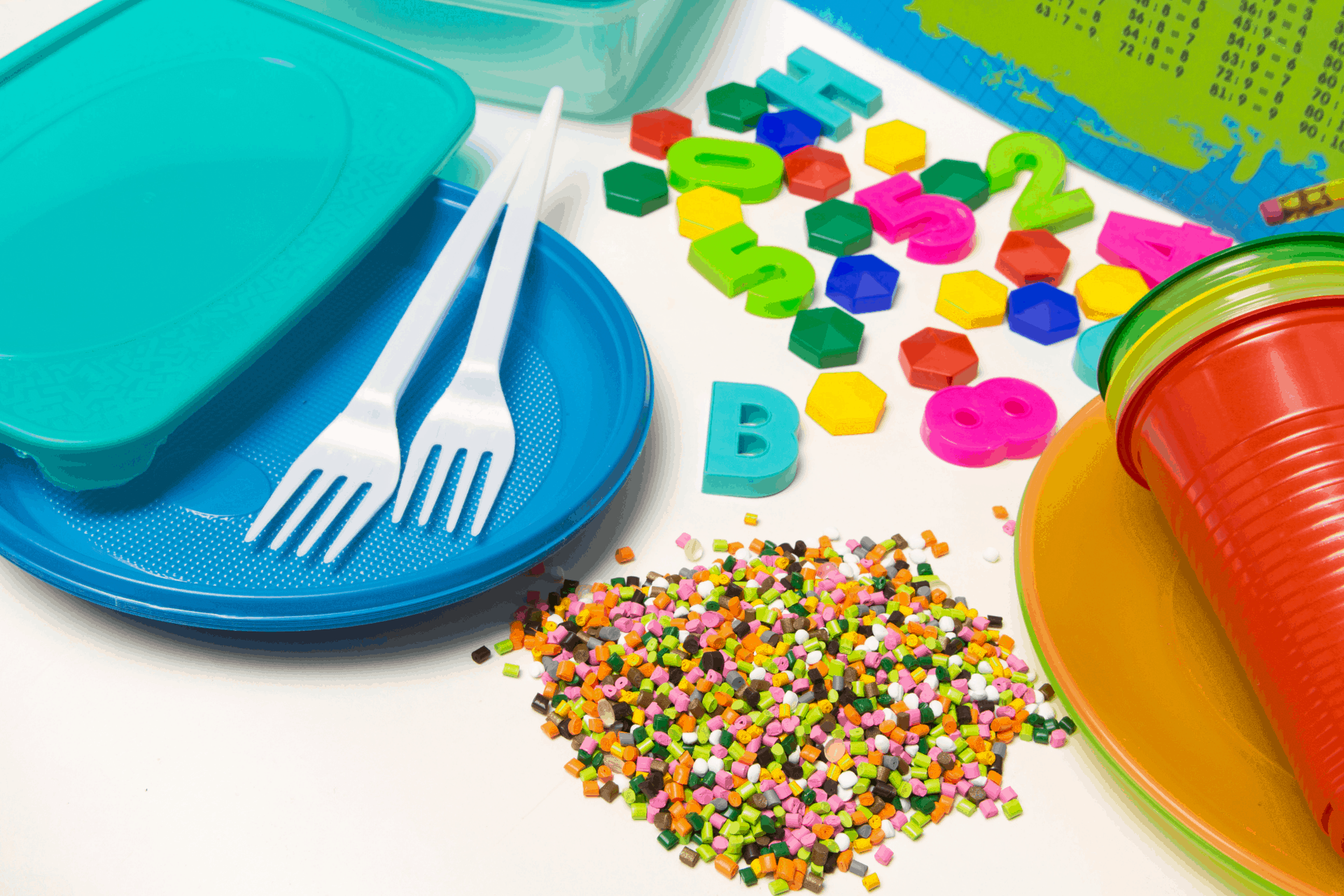



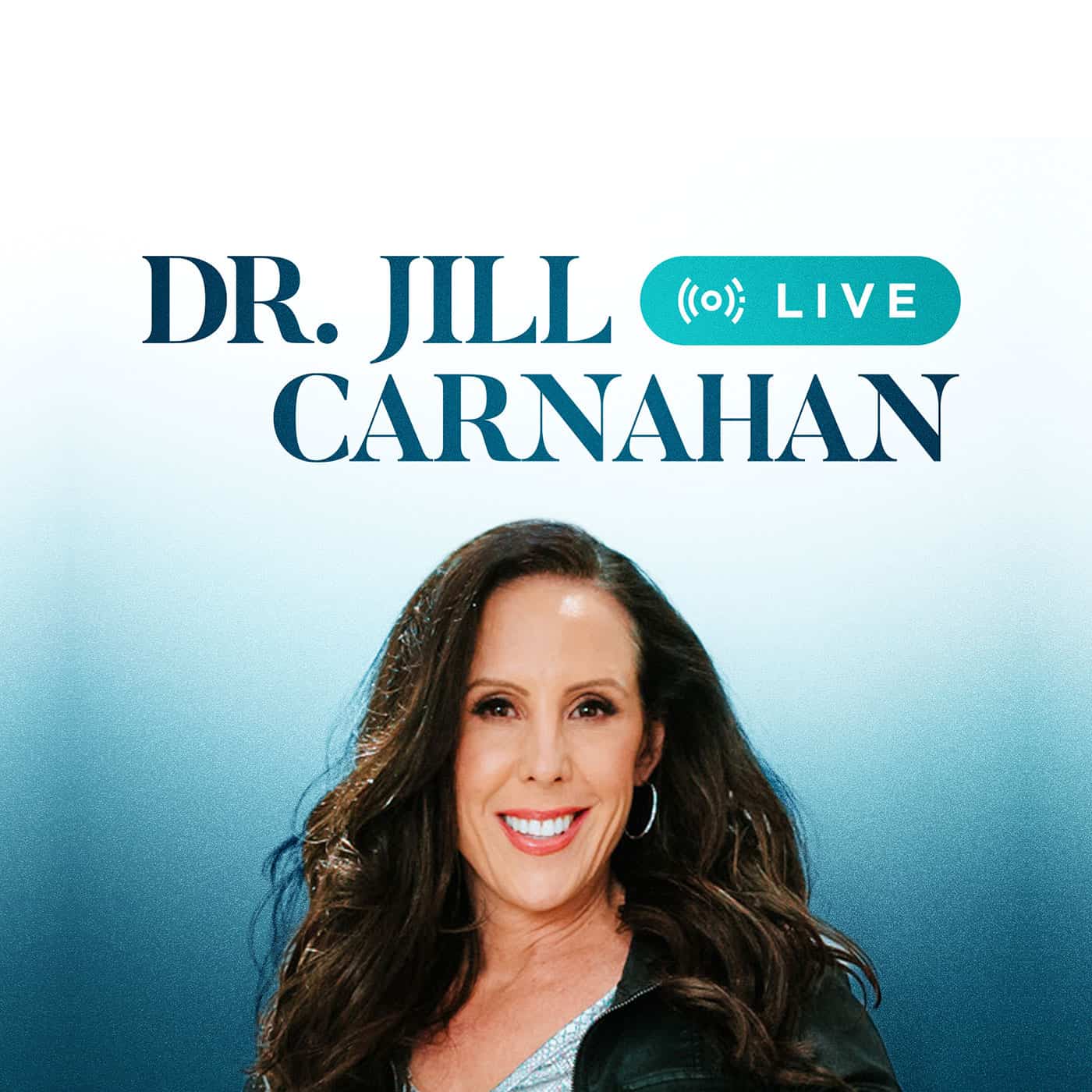
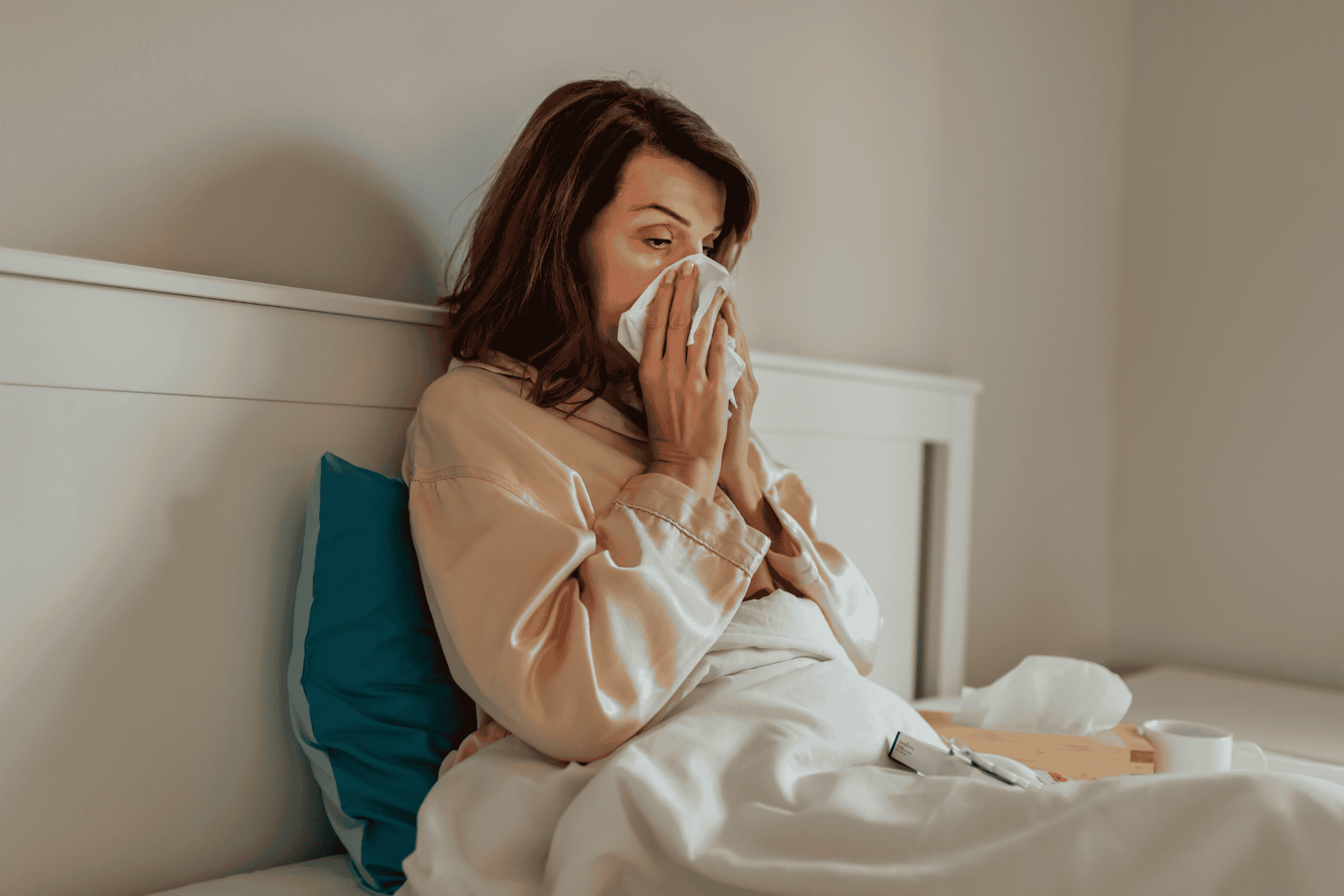



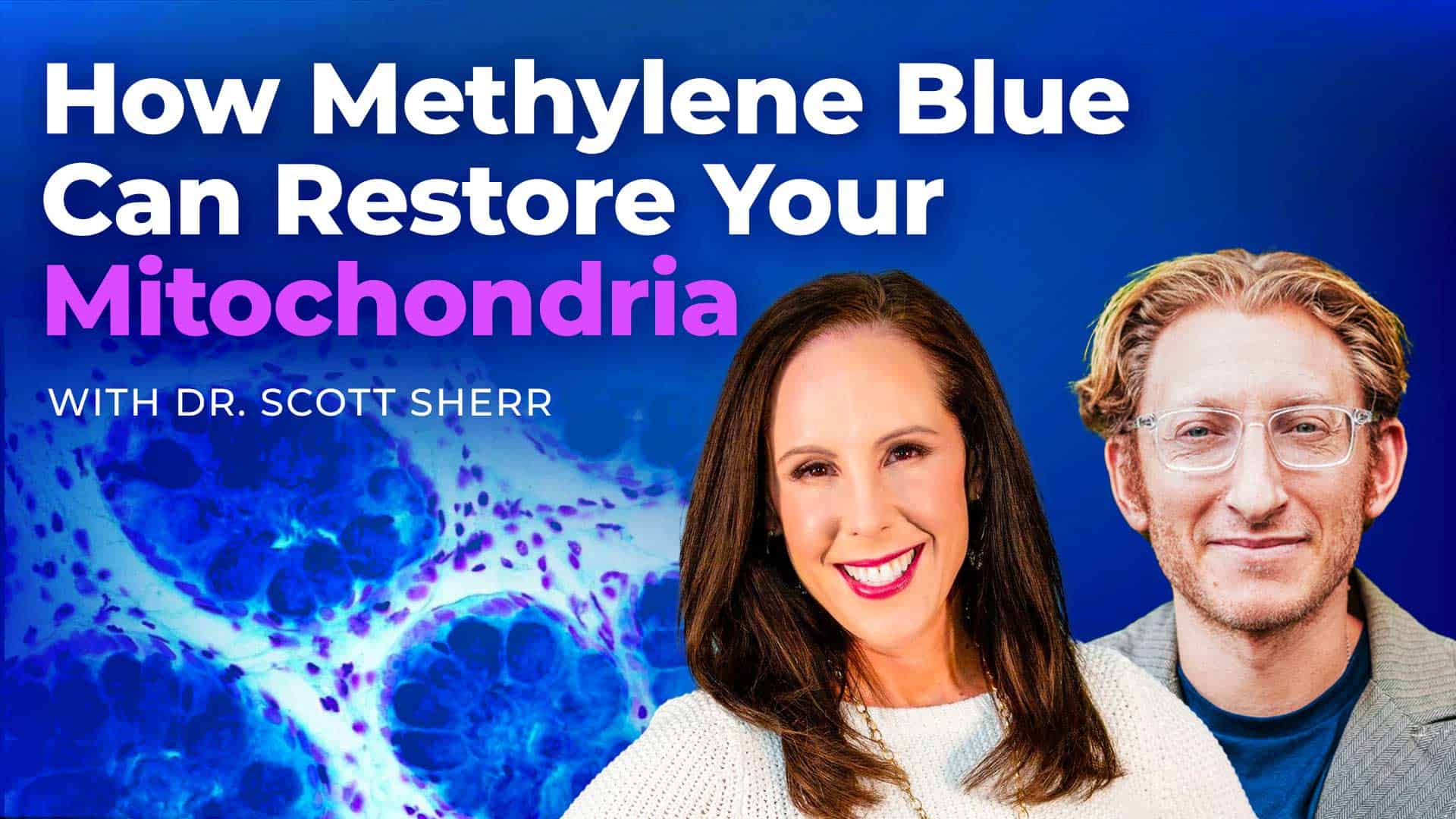
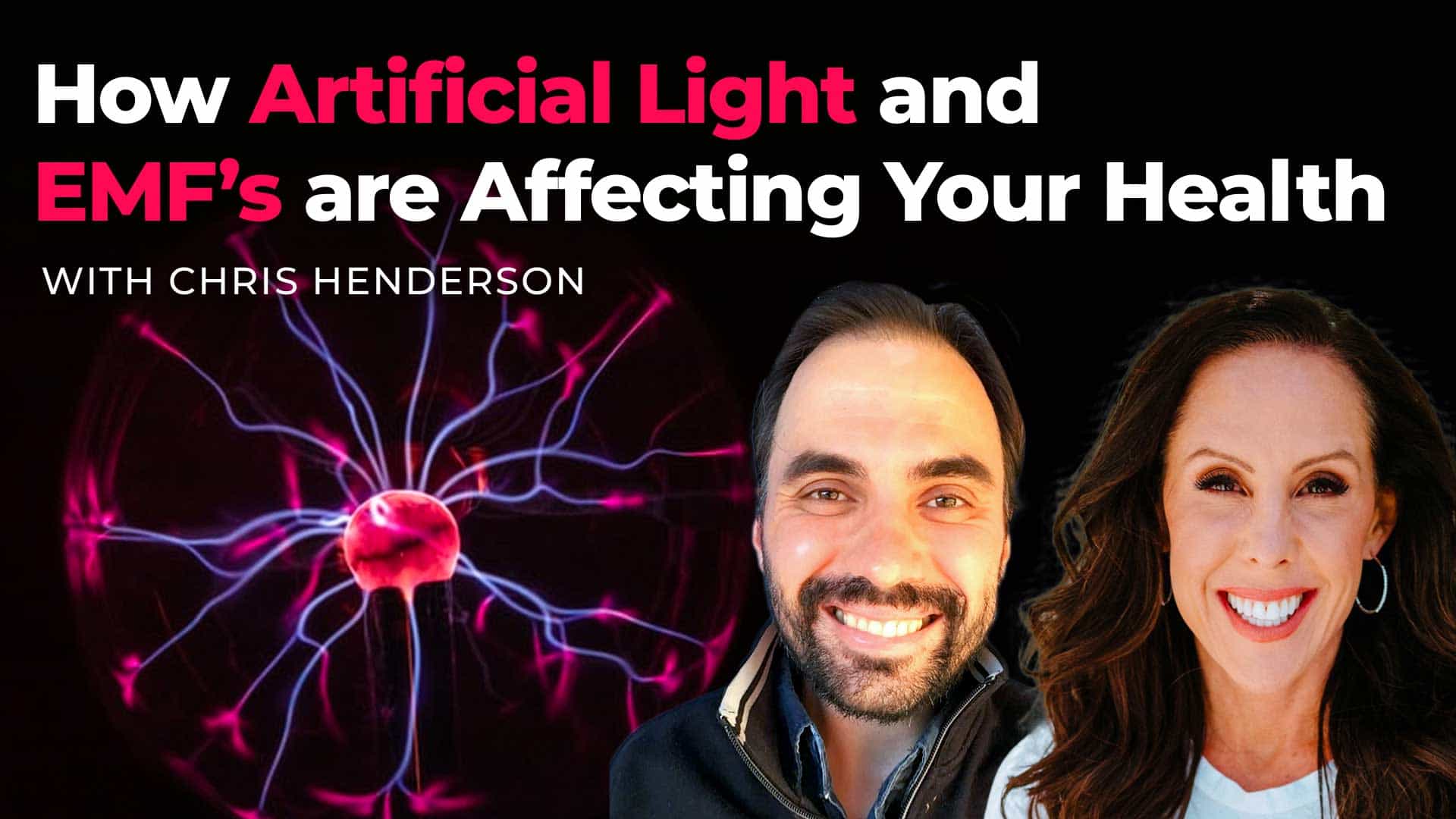
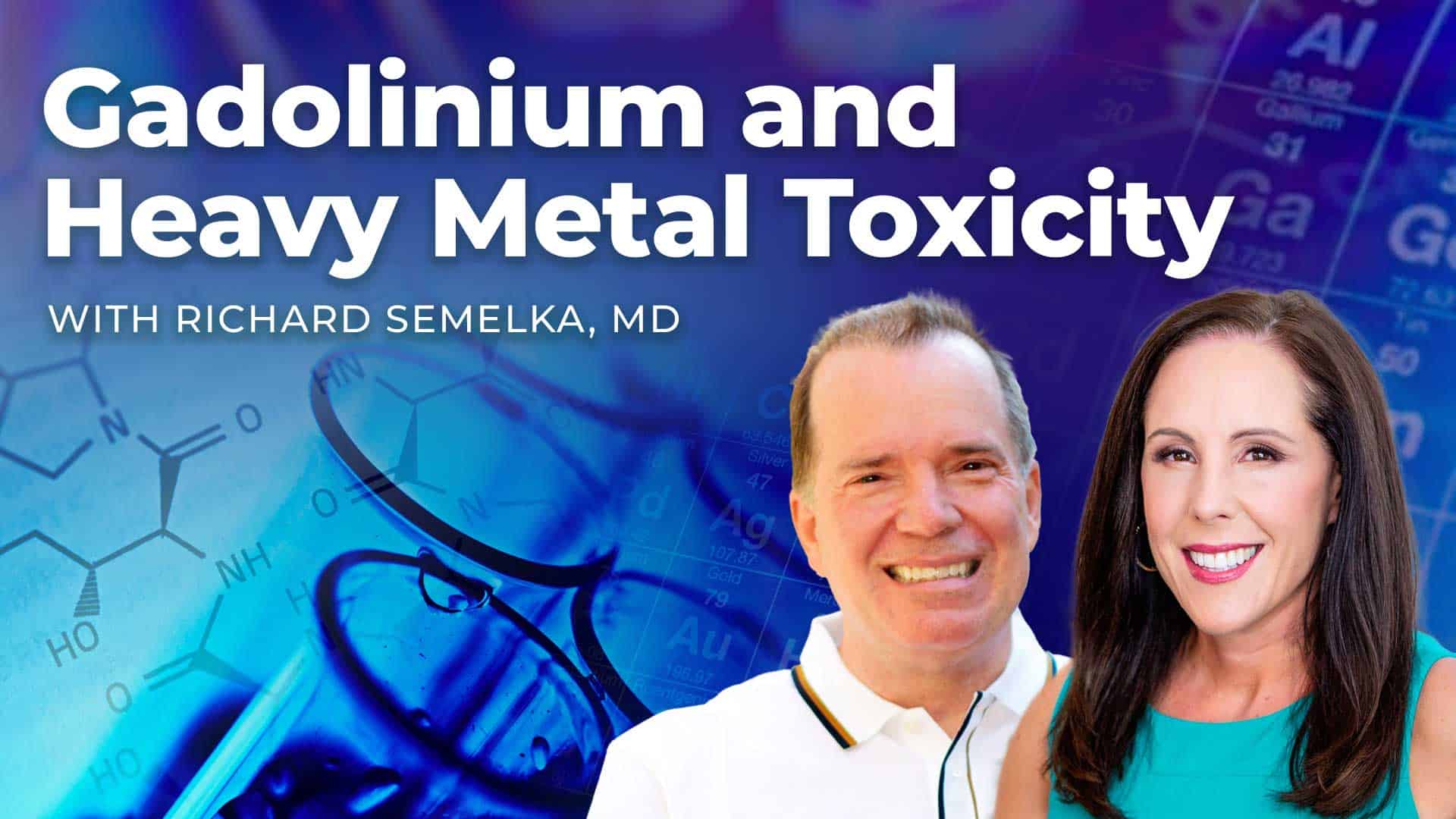



Share: